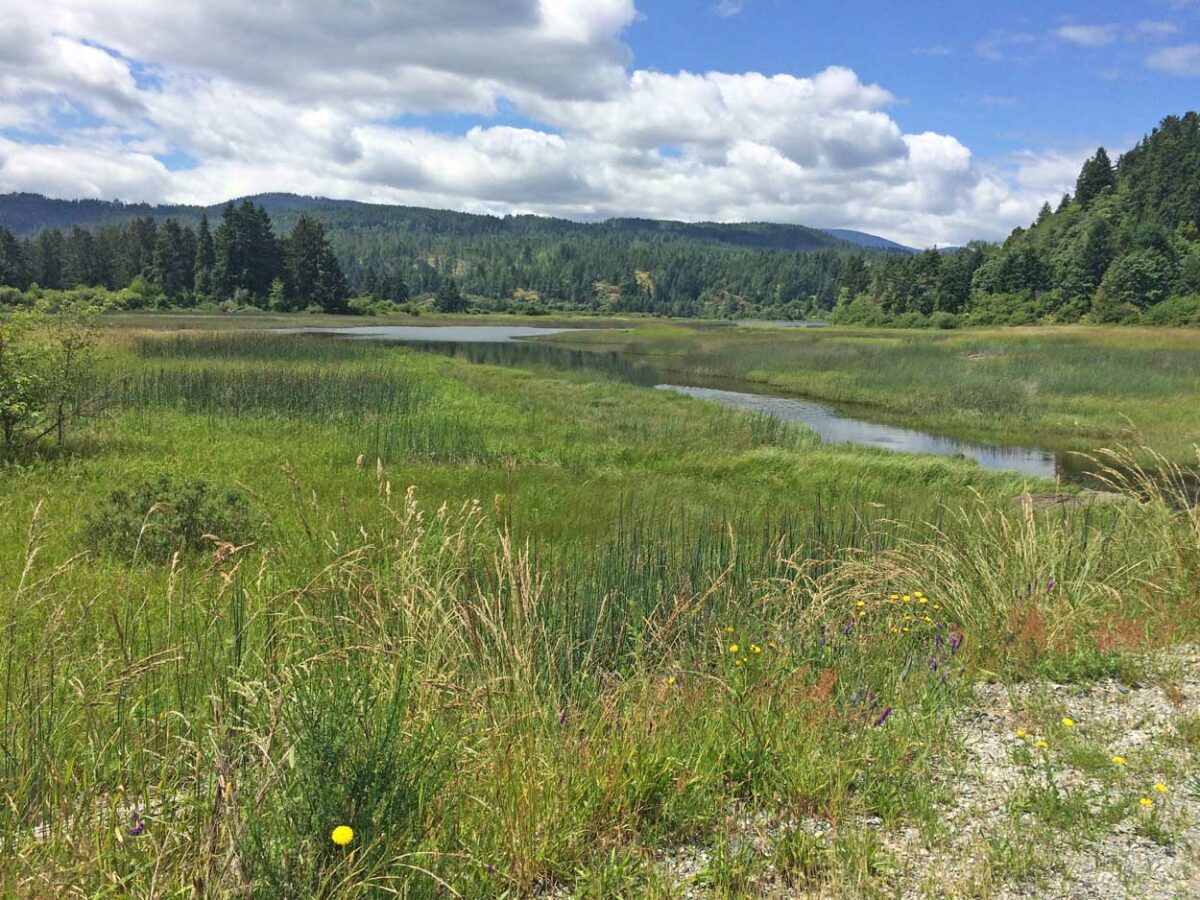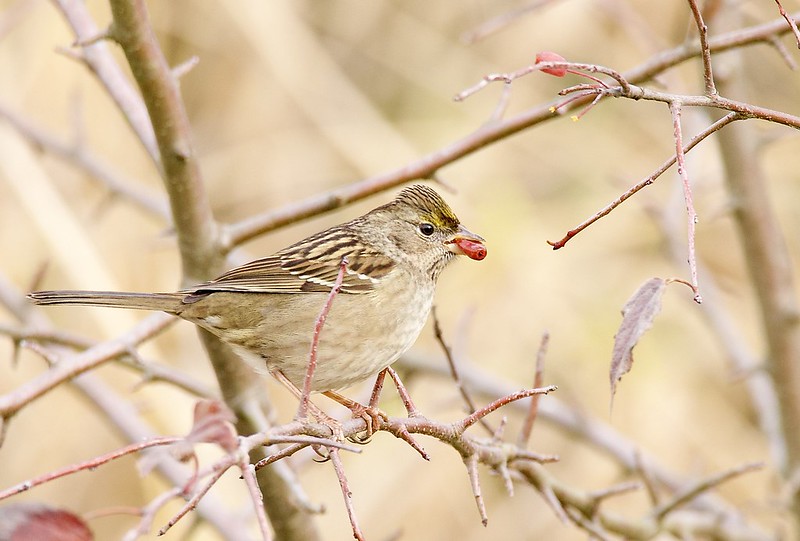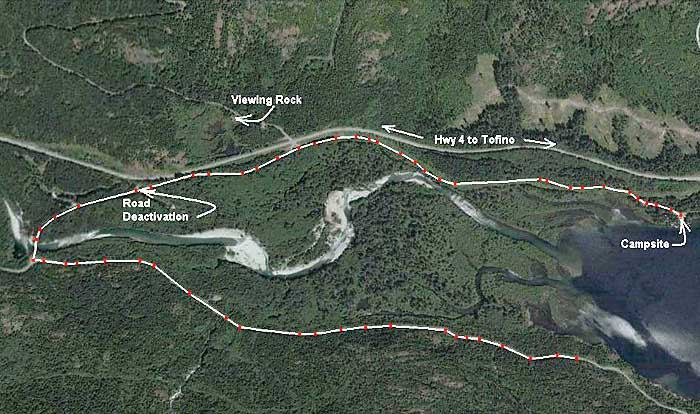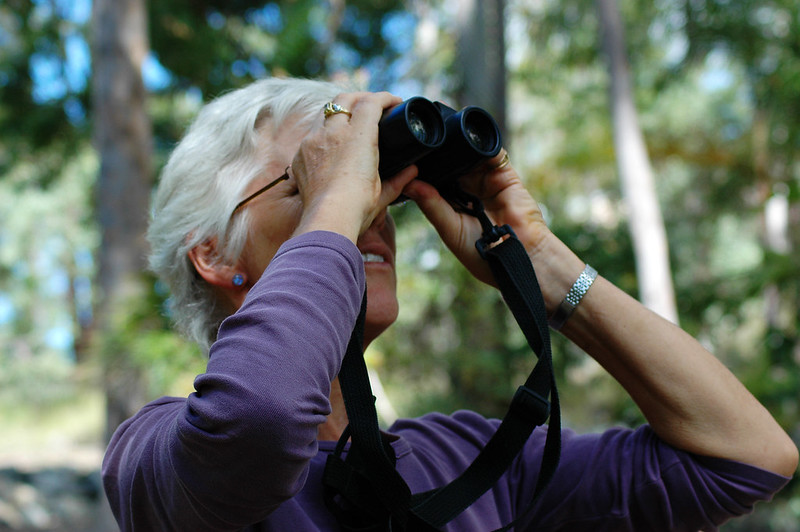Bird Watching in the Alberni Valley: Top Spots and Tips
A Seasonal Guide to Local Birding Spots, Species Highlights, and Ways to Support Wildlife in the Alberni Valley.
The Alberni Valley is home to a remarkable variety of bird species, thanks to its blend of wetlands, forests, coastal shorelines, and mountainous terrain. For residents and visitors alike, birdwatching (or birding) is a meaningful way to experience the region’s natural beauty and quiet moments of connection. Whether you’re just starting out or have years of sightings under your belt, the Valley offers rewarding opportunities year-round.

The Somass Estuary is one of the Alberni Valley’s richest bird habitats, especially active in fall and winter. Source: Bird Alberni
Prime Birding Locations in the Alberni Valley
From estuaries and ponds to forested trails and open lakes, these locations are known for their birding potential:
- Somass Estuary: Where river meets inlet, the Somass Estuary draws nearly 180 bird species annually. This is a top spot for wintering waterfowl and shorebirds.
- Kitsuksis Dyke: With accessible trails and a variety of habitats, this area supports songbirds like warblers, towhees, and the occasional Merlin.
- Burde Street Ponds: Located near the east end of Port Alberni, these quiet ponds attract hooded mergansers, wood ducks, kingfishers, and more.
- McCoy Lake: A mix of open water and forest makes this a reliable location for seeing teals, wigeons, and forest-dwelling songbirds.
- Taylor River Estuary: At the western edge of Sproat Lake, this spot offers a unique riparian landscape — ideal for a different set of birds including raptors and migratory species.

Kitsuksis Dyke is an accessible location for spotting thrush, warblers, and other songbirds in spring and summer. Source: Nicole Beaulac
What to Watch for Each Season
Bird activity shifts with the seasons, offering something new each time of year:
- Spring & Early Summer: Migrants like flycatchers, warblers, and vireos return to breed. Listen for increased birdsong in forested areas.
- Fall: Estuaries and shorelines become busier with southbound waterfowl and shorebirds. Watch for bald eagles and other raptors tracking the salmon runs.
- Winter: Overwintering ducks, swans, and sparrows make the most of local estuaries, lakes, and feeders. Look for flocks of golden-crowned sparrows and varied thrushes in wooded areas.

Golden-crowned sparrows are common visitors during the cooler months and can often be spotted near backyard feeders or trails. Source: Nicole Beaulac
Helpful Tips for New and Seasoned Birders
- Pack the Right Gear: Binoculars and a notebook go a long way. Apps like Merlin or eBird can help with species ID and tracking your observations.
- Be Mindful of Wildlife: Avoid approaching nests or flushing birds — a long, quiet look from a distance is often best for both birds and birders.
- Stick to Trails: This helps protect local ecosystems and improves your chances of spotting birds without disturbing their habitat.
- Connect with Others: Local groups like the Alberni Valley Nature Club offer walks, talks, and resources for all experience levels.

The Taylor River Estuary provides unique habitat for birds year-round and is an important part of the local ecosystem. Source: islandnature.ca
Why Bird Habitat Protection Matters
The diversity of birds in the Alberni Valley is directly tied to the health of local ecosystems. Estuaries, wetlands, forests, and old-growth trees all play a role in sheltering birds at different life stages. Supporting conservation efforts — whether through volunteering, donations, or simply learning more — helps protect these places for birds and future generations of people who enjoy watching them.
A Thoughtful Way to Connect with Nature
Birdwatching in the Alberni Valley invites a slower pace and a deeper appreciation for the natural world. Whether you’re watching a kingfisher dive at Burde Street Ponds or listening for warblers along the trails at McLean Mill, each moment spent birding brings a fresh perspective on the life that surrounds us.

Even a quiet walk through the forest can reveal unexpected moments with birds — if you take the time to look and listen. Source: miss*cee
